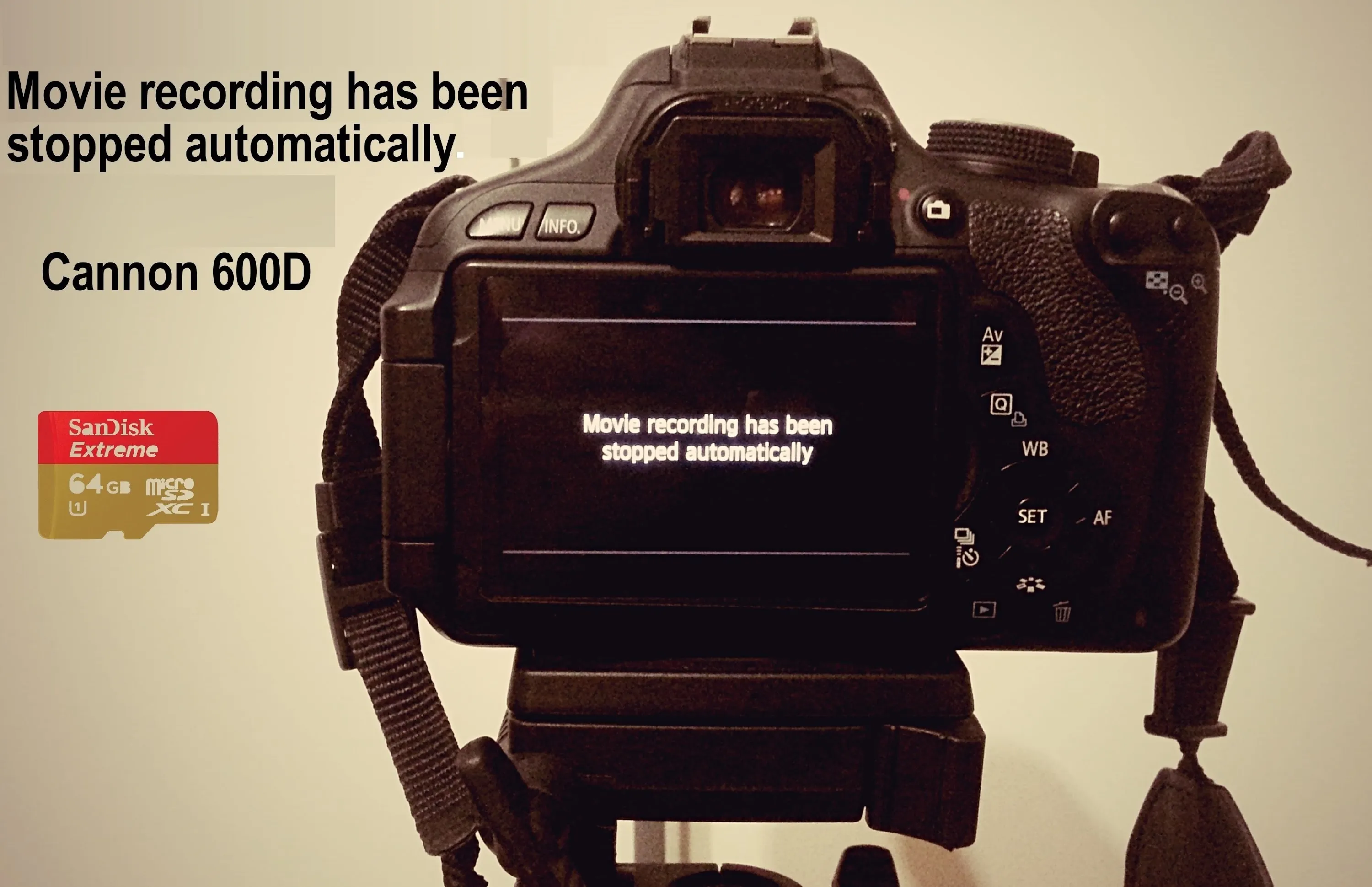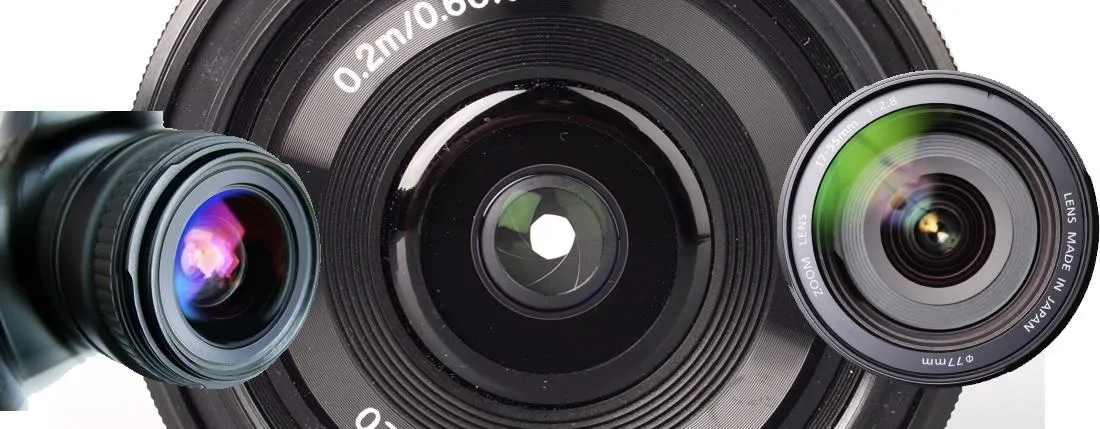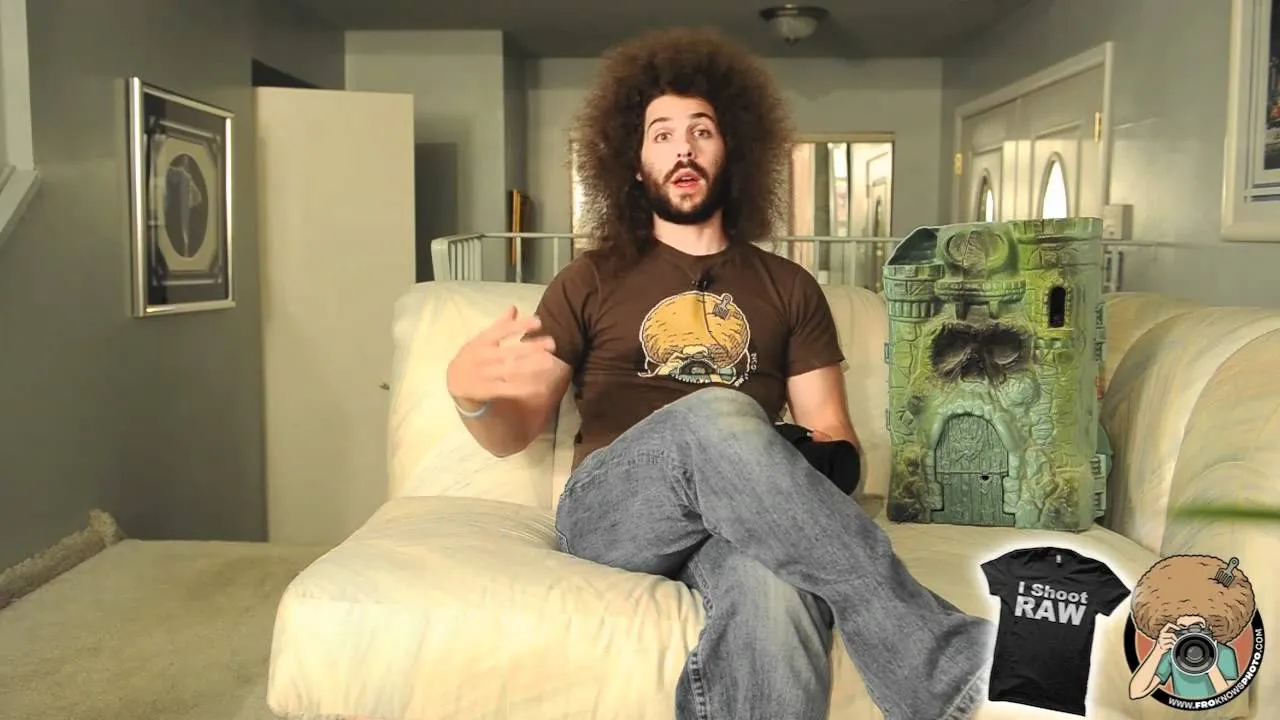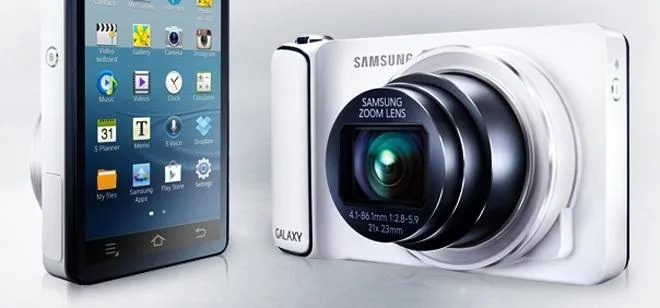There are a lot of things that a flash can do for you when you are taking pictures. It can be used to fill shadows, light up subjects, and much more. The video demonstrates the various tilt and pan settings that the flash can be used in for bouncing light in various circumstances. Ceiling bounce tends to add unwanted shadows under the chin and eye brows when doing portraits. The side bounce from a pan adds light from a specific direction. Flashes have different modes to offer including pre-flash, ttl (through the lens), ttl/bl (through the lens/balanced light), ttl/fp (through the lens/flash power), A (auto aperture flash), non-ttl auto flash, gn (distance priority manual flash), M (manual flash), and rpt (RePeaTing flash). The camera offers several flash sync modes including front curtain mode, red eye reduction, slow sync, slow sync + red eye reduction, rear curtain sync, and slow sync + rear curtain sync. Many flashes include a bounce card and a wide flash adapter. You can also use a diffuse dome attachment and flash gel filters on the flash. All these terms and concepts are well defined in the video.
Apple's iOS 26 and iPadOS 26 updates are packed with new features, and you can try them before almost everyone else. First, check Gadget Hacks' list of supported iPhone and iPad models, then follow the step-by-step guide to install the iOS/iPadOS 26 beta — no paid developer account required.















Comments
Be the first, drop a comment!